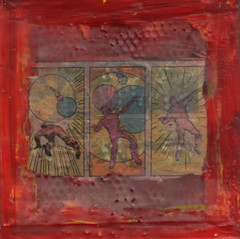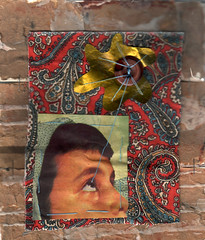 While in my creative writing program in grad school, I picked up a copy of Louise DeSalvo's Writing as a Way of Healing. It's been on my bookshelf as a loyal companion ever since.
While in my creative writing program in grad school, I picked up a copy of Louise DeSalvo's Writing as a Way of Healing. It's been on my bookshelf as a loyal companion ever since. I think I've always written as a way to move through the hardships of my life -- to reckon with change, loss, depression, and trauma. DeSalvo's book, though, illuminates the specific psychological implications of writing in the healing process. The key, DeSalvo writes, is to "link feelings to events" in the healing narrative. When writing about our pain, it is important to be specific. She adds, "many researchers have observed that the inability to render pain and trauma explicitly, describing it instead in vague and general terms, signifies that the person has not yet entered the process of healing."
There are times when I am not ready to be specific, when the grief is so big or dense that I can't even see what's in front of me. But, when I am ready to face my pain, I have found specificity is the key. I write every little detail. It is exhausting, but afterwards, I feel an emotional "lift" -- a similar feeling I experience after receiving a Reiki treatment.
If you're at all interested in learning more about the power of writing as a healing modality, I highly recommend DeSalvo's book. For more information, visit Amazon.









